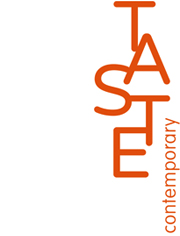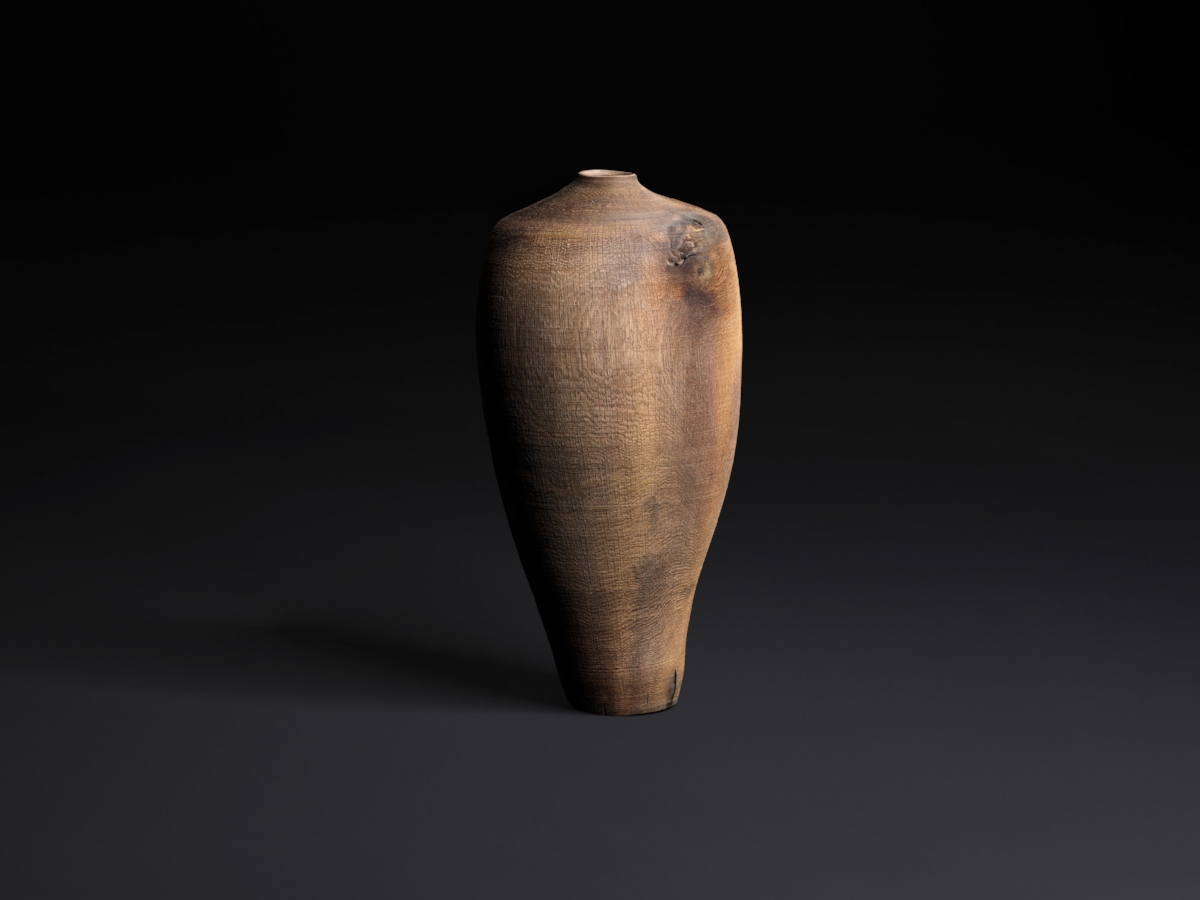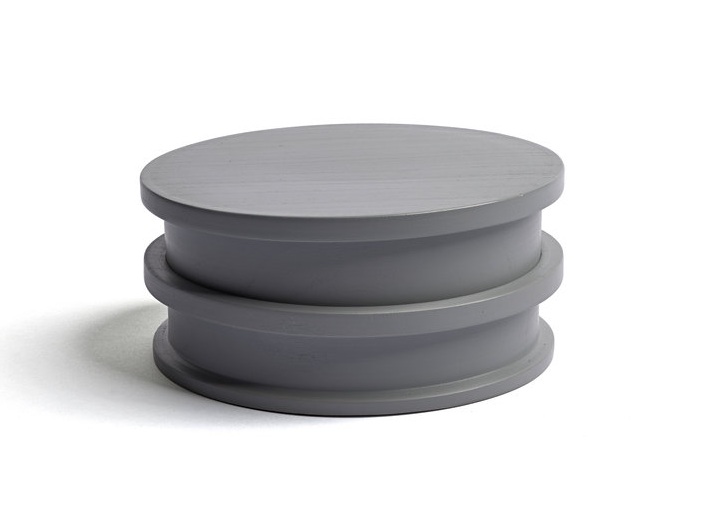Ernst Gamperl &
Maria van Kesteren
7-22 December 2017
For both Ernst Gamperl and Maria van Kesteren the creative process begins with a simple round plane embodied in a cylindrical relic. However, while remaining true to the circle each has, over their respective careers, embarked on a very different journey.
Taste Contemporary was delighted to bring together Ernst Gamperl and Maria van Kesteren for a unique exhibition in 2017; presenting two artists who share an extraordinary passion for their chosen material, but one that is articulated through disparate, yet connected, voices.
About the Artists
Ernst Gamperl
Germany b. 1965
Ernst Gamperl is a self-taught artist and master craftsman who, over many years, has achieved an extraordinary understanding of wood. This has allowed him create beautiful, organic vessel forms primarily in oak, but also in other materials such as ash, maple and beech.
Turning wood when it is wet, he takes his cue for the final shape of the vessel from the natural characteristics of his material. Working the wood at the lathe, he allows it to bulge, warp and crack during the drying process. To hold the cracks and fissures together he uses wooden and wire staples, which are used to great effect and add further interest to each piece. Gamperl observes the distinctive qualities of the wood; the grain, colour, grooves, knots and burrs and enhances their beauty with surface treatment. He waxes and polishes and contrasts the smooth and shiny with the rough-hewn and scarred. Continuously developing his skills, recent work sees the addition of clay powders and minerals to the surface of the form. This allows him achieve interesting tonal variations in finished pieces, while a focus on hollowing has seen the creation of objects with smaller openings.
Maria van Kesteren
The Netherlands b. 1933
Maria van Kesteren emerged as one of the first prominent female woodturners in the late 1950s. She makes simple, beautifully proportioned bowl and box forms. Her simple forms and smooth surfaces contrast the material she shapes. The wood is secondary to the forms she creates, which is almost always a circle. She uses the circular form as a starting point and utilises the tension between inner and outer forms. Surfaces are evenly stained or painted so that the detail of the grain becomes secondary to their formal properties and fine definitions of interior and exterior space. She applies similar principles in style to her glass and ceramic objects. Even though her objects appear severe, when carefully examining the subtle curves and transitions one will no doubt be fascinated by the unquestionably tender side of her work.










